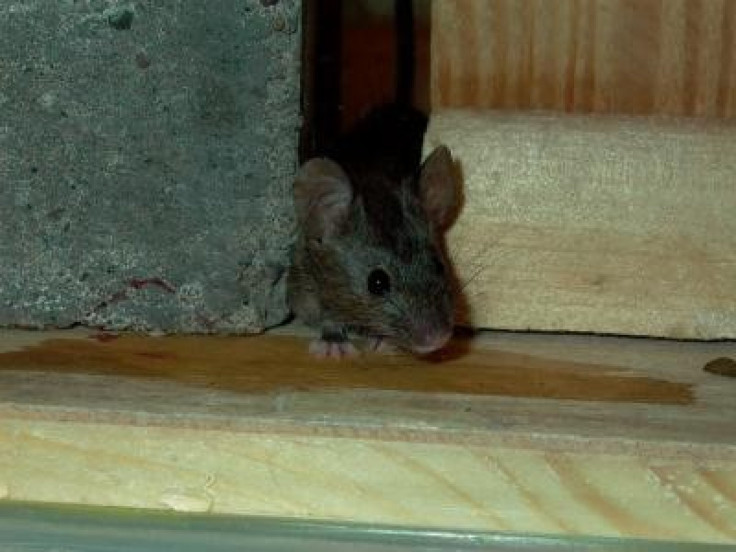Mutant Mouse Resistant to Poison

A mouse has been found that is resistant to poison due to interbreeding, according to scientists at Rice University, which can potentially lead to its spread across the globe.
The European house mouse was found to be resistant to certain ingredients in common rodent poisoning due to a genetic mutation stemming from interbreeding. The mutation to gene vkorc1, which is present in mammals to manage Vitamin K, allows the super mouse to be unaffected by warfarin, a common rodent toxin.
Michael Kohn, a Rice University ecology and evolutionary biology professor, and his colleagues say the genetic mutation evolved through the interbreeding of mice between different countries, notably from Algeria. Reported in Current Biology, Kohn explains that, often times, animals with genetic mutations cannot reproduce. But in this case, an ideal hybridization left the mouse with a beneficial attribute, being immune to poison, and not sterile.
Sometimes there is the occasional odd hybrid that has just about the right novel combination of genomes from two species that renders them, at least temporarily, superior over the pure species, Kohn told Discovery News. This is a freaky mouse.
Mice in the basement of a German bakery prompted research on this genetically mutated mouse, after bromadiolone, a strong version of warfarin, failed to control the pest situation.
After genetic analysis, Kohn and his research team found that a large majority of the German mice's DNA was identical to Mus spretu, an Algerian mouse that has evolved over many years.
Similar in features to a common house mouse, the Algerian mouse had previously gone through point mutation, in which genes undergo spontaneous mutations during DNA replication. In this case, the genetic mutation arose to combat a Vitamin K deficiency, since Algerian mice typically only consume seeds. The development in the vkorc1 gene to improve Vitamin K ultimately led to resistance of warfarin.
So how in the world did these genetic attributes, common in Algerian mice, extend its reach to German mice? Kohn says it's thanks to human agriculture and pest control.
Humans over the years have come a long way in bettering agricultural practices and controlling pests, which may have triggered the joining of the two mice origins, spawning this freaky mouse.
In the very distant past, these mice wouldn't even meet, he said. With the spread of agriculture thousands of years ago in the Fertile Crescent, humans brought mice with them -- unwillingly. That brought these two types of mice into contact, and they started doing their thing, hybridizing here and there.
Technically, the process of horizontal gene transfer is to blame for the hybridization of the mice. Horizontal gene transfer, according to Kohn, introduces more variation in the genomes of populations that would otherwise, by mutation alone, be available. In that regard it potentially could speed up evolution. This may be the first time in history hybridization has created a new species from two separate ones.
So how will this affect humans? Kohn says it could lead to an inadvertent spread of invasive species across the globe, which can be nearly impossible to control or exterminate by known means. However, the genetic mutation that these mice possess also causes arterial calcification and osteoporosis in humans, so the mice may not even survive in the end.
© Copyright IBTimes 2024. All rights reserved.












